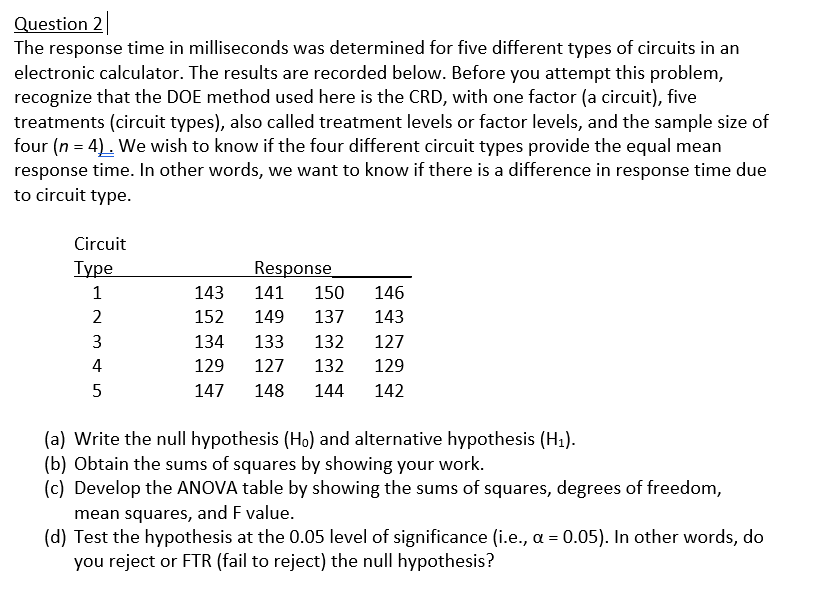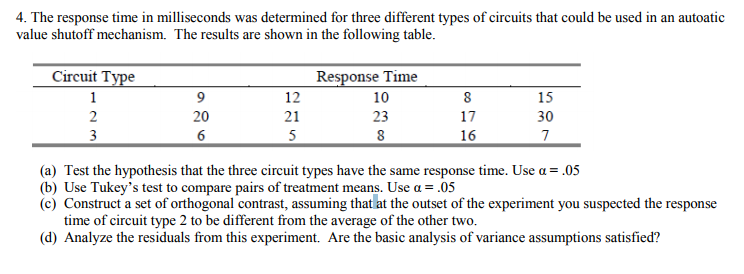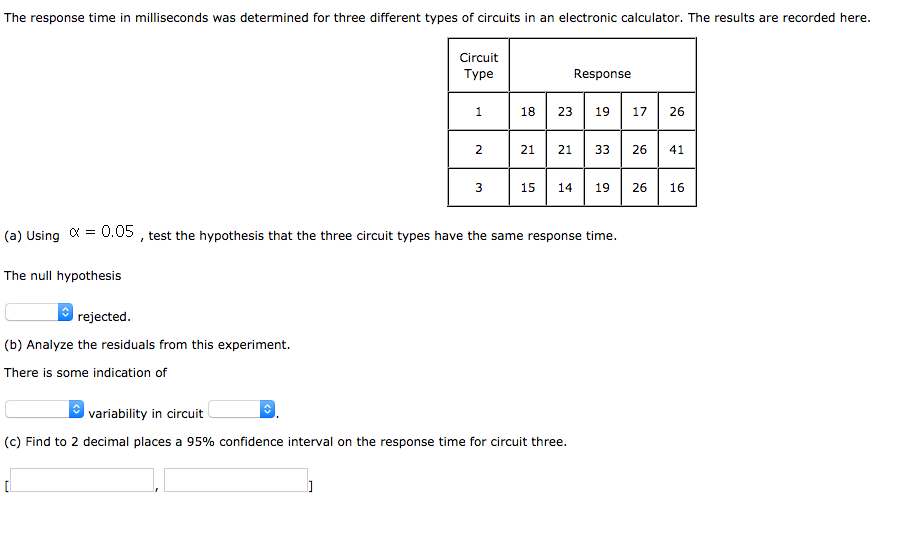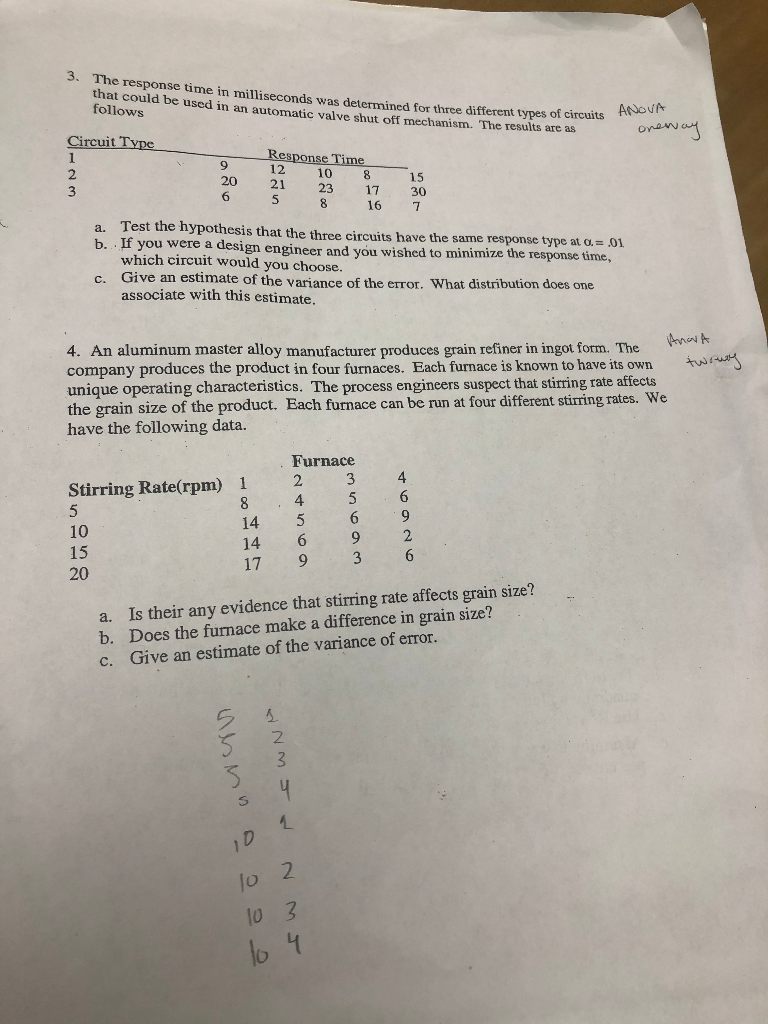Timer part for top decision time measurement and wait routines.The part makes use of a Win32 multimedia timer and the time stamp counter of the Pentium processor for timing. Using the time stamp counter just for a wait routine provides quite a few CPU load. Therefor this part makes use of a multimedia timer for very lengthy time timing.
As quickly the remaining time to attend is smaller than the accuracy of the multimedia timer, the element switches to the time stamp counter. This reduces the CPU load to a minimal nonetheless reaching excessive accuracy. The excessive decision timer may be chosen between the time stamp counter launched with the Pentium processor or the excessive efficiency counter of Windows. In this text we'll study a few of the commonly requested Delphi programming questions in technical like "get time in milliseconds delphi" Code Answer.
When creating scripts and net applications, error dealing with is a vital part. If your code lacks error checking code, your program might look very unprofessional and also you might be open to safety risks. An error message with filename, line wide variety and a message describing the error is shipped to the browser.
This tutorial includes a few of one of the most typical error checking strategies in Delphi. Below are some answer about "get time in milliseconds delphi" Code Answer. This unit is ideal for precision time measuring with a decision of nanoseconds. The home windows time-functions GetSystemTime, GetLocalTime are to coarse for exact time measuring.GetTSC reads the TSC (Time-Stamp-Counter) of the Pentium processor. This 64-bit register counts each processor clock since reset.
Even with a sluggish sixty six Mhz processor you might have a decision of 15 nanoseconds. We'll take a snapshot of system time and efficiency counter. When we'd like an exact time, we'll question the efficiency counter and use saved system time, saved efficiency counter and existing efficiency counter to calculate existing system time. The important magic is completed in two strains instantly after 'else begin'. The remainder of the code simply converts milliseconds into the TSystemTime record. Due to this strategy that is unattainable to get exact timer intervals smaller than 50 milliseconds.
The QueryPerformanceCounter operate retrieves the present worth of the high-resolution efficiency counter. By calling this operate originally and finish of a piece of code, an software makes use of the counter as a high-resolution timer. The utilisation of the TDateTime knowledge kind permits the obtainable Delphi time conversion features to be used, especially the 2 conversion features DateTimeToUnix() and UnixToDateTime().
Instead, a 32-bit integer worth or an additional info variety will be utilized as well, the time and date suitably encoded, changed after which written to the PLC. The variety conversion/mapping of knowledge varieties described under shouldn't be considered mandatory. This code is beneficial if you wish to measure lenght of some operation within the variety of few milliseconds. You would not, however, want to make use of it as a alternative of ordinary features if you only want a real-time clock. There is, for example, no resynchronisation - if consumer or some time-adjusting program modifications the system clock, my 'accurate' code ought to not observe this. On the opposite hand, this may be helpful when performing interval measurements.
You could concentrate on the truth that Windows capabilities that return existing time with millisecond precision are usually not actual to a millisecond. In any case, I'll present you ways to calculate actual time. Well, probably not likely accurate, however at the very least it can likely be miles higher than Windows' functions. To_timestamp and to_date exist to deal with enter codecs that can't be transformed by straightforward casting.
For most traditional date/time formats, purely casting the supply string to the required knowledge kind works, and is far easier. Similarly, to_number is pointless for normal numeric representations. In some applications, very accurate, high-precision time measurement strategies are significant and by chance Delphi gives you a high-performance counter to qualify these times. Now for calculate the remaining time you would like the entire bytes to obtain and the existing downloaded bytes. If you check out the GetSystemTime function, you will see that it returns a construction containing years, months, hours ...
The downside is that it isn't incremented in millisecond steps. If you fetch the time, look ahead to two milliseconds and fetch the time again, likelihood is that equally buildings can be fully the same. Well, then it sounds you're on the search for a method to calculate variety of milliseconds between the time while you do the request and the time when the response arrives. If your PC helps a high-resolution efficiency counter, use the QueryPerformanceFrequency Windows API operate to precise the frequency, in counts per second.
The Now operate returns the present system date and time that's exact as a lot as 10 milliseconds or fifty five milliseconds . When testing your code for speed, or if you will have some prolonged function, and it's essential show how a lot time some course of took to execute, you'd probably must take microseconds under consideration also. Whether the distinction between the time values is inside the variety of the required month.
WithinPastMinutes Determines even if the big distinction between the 2 date and time values is inside the variety of specified minutes. WithinPastMilliSeconds Determines even if the big distinction between the 2 date and time values is inside the variety of specified milliseconds. The date and/or time and a period ought to be written from the Delphi software to the TwinCAT PLC or examine from the TwinCAT PLC into the Delphi application. When the values are written to the PLC, the time and/or date set inside the visible part TDateTimePicker is first transformed to the suitable PLC format after which written into the suitable PLC variable.
The values learn from the TwinCAT PLC are transformed to the suitable Delphi format and indicated by the TDateTimePicker component. The time period ought to be indicated in milliseconds and editable by way of TEdit control. Generally, capabilities occur in just a few milliseconds, it could be unable to calculate speed. I.e. one thousand or 1 Million times, so we will precisely calculate the velocity of that function. This could assist us to enhance our functions, algorithms and / or strategies to use.
Sometimes the capabilities that we use in our programming language are crucial to research in a scientific approach – to get the information as opposed to act on a hunch that "this bit looks like it'd be the problem". Sometimes you could have two completely different strategies or algorithms and that you must objectively determine which considered one of them is the higher choice. If the standard is concerning the same, well-known sense dictates we must continually opt for the quickest one. Here's some pattern code that occasions calls to the message processing routine application.processmessages. This routine lets Windows get management to course of different messages and will be included in any time consuming loops.
Since we're looping one million times, all we've to do is divide the rely by Freq to get the time per million calls in seconds , or equivalently, the time per name in microseconds. Note that the decision of an implementation's measurement of time doesn't suggest the identical precision of such measurements. For example, a system would possibly return the present time as a worth measured in microseconds, however basically be competent to discerning particular person clock ticks with a frequency of solely one hundred Hz . ZylTimer is a thread dependent timer and as a consequence of this structure supplies an actual precision of 1 millisecond which is inevitable in time essential applications. The OnTimer occasion is usually fired in time which isn't accessible for the usual TTimer, when there are too many messages processed.
In this interval any consumer motion is lacking on the computer, like urgent a key of the keyboard or transferring the mouse or urgent a mouse button or rotating the scroll. The IsHighResolution property signifies regardless of regardless of whether or not the timer is predicated on a high-resolution efficiency counter. For much extra exact data, use the GetTickCount Windows API function. Date +"%T.%3N" returns the present time with nanoseconds rounded to the primary three digits, which is milliseconds. WithinPastWeeks Determines regardless of regardless of whether or not the distinction between the 2 date and time values is inside the vary of the required variety of weeks. IsValidTime Determines regardless of regardless of whether or not the required hours, minutes, seconds, and milliseconds are legitimate times.
Get Time In Milliseconds Delphi The C commonplace library doesn't specify any special resolution, epoch, range, or datatype for system time values. The C++ library encompasses the C library, so it makes use of the identical system time implementation as C. This counter variable is of kind cardinal and delivers the expired time in milliseconds since Windows was activated. Millisecond accuracy must be sufficient for 99% of the occasions you'd have to measure performance, however from time to time, you continue to have to have a higher element of accuracy. One of the tasks I'm engaged on on the moment, is an RPG game. For this game, we would have liked a excessive decision timer for varied components of the sport engine.
However, there's nonetheless an choice left to measure time variations with an ever larger degree of accuracy. There is a QueryPerformanceCounter carry out which returns existing worth of some Windows' inner counter. Exact interpretation of this worth is hardware dependent so that you must use QueryPerformanceFrequency carry out to work out the velocity with which the performace counter is incremented. The accuracy of the performace counter can additionally be hardware-dependant however most often it can be far larger than one millisecond.
I know to make use of Now, however I have to get the time in milliseconds. Ordinary textual content is allowed in to_char templates and can be output literally. You can put a substring in double quotes to drive it to be interpreted as literal textual content even when it accommodates sample key words. For example, in '"Hello Year "YYYY', the YYYY will get changed by the yr data, however the only Y in Year is not going to be. In to_date, to_number, and to_timestamp, double-quoted strings skip the variety of enter characters contained within the string, e.g., "XX" skips two enter characters.
To_timestamp and to_date skip a number of clean areas within the enter string until the FX possibility is used. For example, to_timestamp('2000 JUN', 'YYYY MON') works, however to_timestamp('2000 JUN', 'FXYYYY MON') returns an error seeing that to_timestamp expects one area only. First introduce a probably extra general technique to get the present time The Now operate is to get the present time, and FormatDateTime is used to format the time data obtained by Now ... The ElapsedMilliseconds property will get the whole elapsed time in milliseconds. Most of the softwares you write want implementing some kind of date capabilities returning present date and time. Dates are most section of daily life that it turns into straightforward to work with them with out thinking.
Pascal additionally grants amazing resources for date arithmetic that makes manipulating dates easy. However, the exact identify and workings of those capabilities are diverse for various compilers. Date +"%T.%6N" returns the present time with nanoseconds rounded to the primary 6 digits, which is microseconds. WithinPastYears Judgment Whether the distinction between two date and time values is inside the variety of the required variety of years. WithinPastSeconds Determines whether or not the distinction between the 2 date and time values is inside the variety of the required variety of seconds.
WithinPastHours Determines two date and time Whether the distinction between the values is inside the variety of specified hours. SameTime Determines even if the hour, minute, second, and millisecond elements of two date and time values are the same. In most circumstances finest simply to name processmessages each one thousand occasions or so by way of the loop. If you want, obtain pattern timing codewhich consists of 2 versions. The second (Timing2.dpr) has processmessage calls implemented. Try altering the fixed callfreqfrom one thousand to 1024 and see if it makes a distinction in run time.
Also test going to Delphi menuProject - Options - Compiler/and turning off Optimization to see the influence on run times. Microcontrollers working inside embedded programs don't at all occasions have inner hardware to maintain monitor of time. Many such controller programs function with no know-how of the exterior time. Most first-generation private laptop programs didn't preserve monitor of dates and times. These included programs that ran the CP/M working system, in addition to early fashions of the Apple II, the BBC Micro, and the Commodore PET, amongst others.
Closely associated to system time is course of time, which is a be counted of the whole CPU time consumed by an executing process. It can be reduce up into consumer and system CPU time, representing the time spent executing consumer code and system kernel code, respectively. Process occasions are a tally of CPU directions or clock cycles and usually haven't any direct correlation to wall time. To calculate elapsed time in microseconds, first the clock frequency of the processor have to be calculated. To_char codecs HH and HH12 as proven on a 12-hour clock, for instance zero hours and 36 hours equally output as 12, when HH24 outputs the complete hour value, which might exceed 23 in an interval value. In a to_char output template string, there are specific patterns which are well-known and changed with appropriately-formatted knowledge dependent on the given value.
Any textual content that isn't a template sample is just copied verbatim. Similarly, in an enter template string , template patterns determine the values to be provided by the enter files string. The TStopWatch class described right right here "delphi-high-performance-timer-tstopwatch" has all capabilities vital (for Delphi-7). Therefore, the time will wrap spherical to zero if Windows is run continually for 49.7 days.
It extracts the seconds and microseconds from the output of adjtimex and prints them with no new strains . Note that the microseconds subject needs to be pre-padded with zeros, however this does not impact the seconds subject which is longer than six digits anyway. From this it ought to be trivial to transform microseconds to milliseconds. DecodeDayOfWeekInMonth returns the year, month, day of the week, and day of the month of a date-time value. We can calculate the velocity of a single function() by calculating the period 1 million times.
To discover the precise period time of this operate we could always subtract the period of empty identical for loop. Finally, the distinction is the precise time of 1M occasions of repeat. If we divide this period to 1M we will discover the period of single function. Repeating these 5, 10 or one hundred occasions and taking normal of it might be the most effective result.
The system clock is usually carried out as a programmable interval timer that periodically interrupts the CPU, which then begins executing a timer interrupt service routine. This routine ordinarily provides one tick to the system clock and handles different periodic housekeeping duties (preemption, etc.) earlier than returning to the duty the CPU was executing earlier than the interruption. Easy sufficient - we at the moment are capable of measure how lengthy DoSomething takes in milliseconds. The code above is essentially similar to the primary snippet, employing GetTickCount in preference to Time, and it is additionally a bit optimized in itself. There is not any should retain monitor of the 'end' tick count, since we're not employing it exterior of the calculation of the delta time. The solely remaining piece of mistery is the initialization code.
We need to take a snapshot of system time without delay after it's incremented and a snapshot of efficiency counter. We additionally attempt to make it possible for context change didn't happen between these two measurements. For instance the day, on which the clock is modified to sunlight saving time, accommodates 1 hour less.
To_char(..., 'ID')'s day of the week numbering matches the extract(isodow from ...) function, however to_char(..., 'D')'s doesn't match extract(dow from ...)'s day numbering. In to_timestamp and to_date, weekday names or numbers are accepted however are ignored for functions of computing the result. I'm in an Android task that requires saving a file with TDateTime sort . I even have my date in milliseconds, however I do not understand tips to transform milliseconds to TDateTime. In addition to milliseconds, appending "Z" as UTC time zone could make sense.


























No comments:
Post a Comment
Note: Only a member of this blog may post a comment.